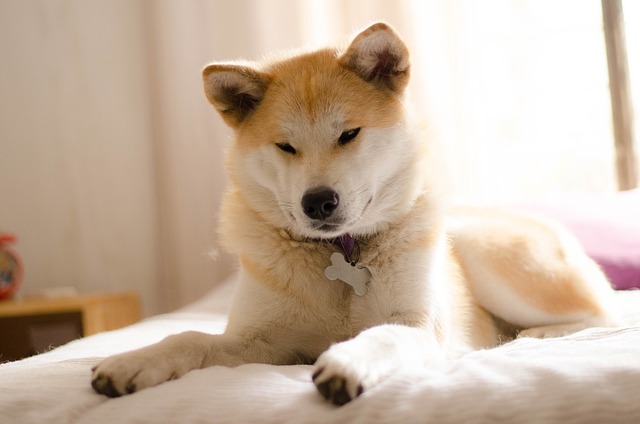
How to treat eye worms in dogs?
Spotting eye worms in dogs often starts with small, noticeable signs—squinting, redness, or your pup rubbing their eye more than usual.
You might think your dog’s bad breath is just a normal part of pet ownership, but those stinky kisses could signal something more serious. Dental disease affects over 80% of dogs by age three, yet many owners still rely on outdated DIY hacks that barely scratch the surface of proper oral care. That bone your pup loves to gnaw? It’s doing about as much for his molars as chewing gum does for yours – which is to say, not nearly enough.
Let’s bust some myths right away. Those popular dental sprays and water additives you see at pet stores? They’re like using mouthwash without ever brushing – they might freshen breath temporarily but won’t remove plaque buildup. And while raw bones can help scrape off some tartar, they also risk cracked teeth and digestive blockages. The truth is, canine dental care requires the same layered approach we use for ourselves: daily maintenance paired with professional cleanings.
Professional dental cleanings under anesthesia aren’t just luxury spa days for your dog’s teeth. Veterinarians use specialized tools to remove plaque below the gumline – the hidden danger zone where most periodontal disease starts. During my years at a busy animal hospital, I’ve seen dogs whose owners swore by “natural” cleaning methods come in with rotting teeth that needed extraction. The gold standard? Annual professional cleanings combined with daily brushing, just like your dentist recommends for you.
At home, focus on what actually works: enzymatic toothpaste (never human toothpaste – the fluoride is toxic to dogs) and soft-bristled brushes designed for canine mouths. Start slow – let your dog lick the tasty poultry-flavored paste off your finger before introducing the brush. Angle the bristles at 45 degrees to clean beneath the gumline, paying special attention to the back molars where plaque loves to hide. If your dog absolutely won’t tolerate brushing, dental wipes or finger brushes can be stepping stones.
The magic happens when professional and home care work together. Schedule cleanings when your vet recommends (typically every 6-12 months depending on breed and existing dental health), and maintain with daily brushing in between. Small breeds and seniors often need more frequent cleanings – those tiny teeth crowd together, creating perfect plaque traps. And don’t forget diet matters too; veterinary-approved dental kibbles have a texture scientifically proven to reduce tartar by 20-40% compared to regular dry food.
Your dog’s dental health directly impacts their heart, kidneys, and overall longevity. Those pearly whites deserve more than occasional bones and hopeful sprays. With consistent brushing and regular vet cleanings, you’re not just preventing painful tooth extractions down the road – you’re adding healthy years to your best friend’s life. Now that’s something worth smiling about.

Spotting eye worms in dogs often starts with small, noticeable signs—squinting, redness, or your pup rubbing their eye more than usual.

You’re cleaning up your pup’s poop and notice something strange—tiny white specks or even small worms. Panic sets in, but knowing the signs of parasites can help you act fast.

You’ve probably stood in the dog park, watching other pups strut around with glossy fur that catches the sun, while your own dog’s coat looks flat and lackluster.

If you’ve ever stared at your pup’s lackluster fur and wondered if there’s a simple fix, you’re not alone. Many U.S. dog owners swear by adding eggs to their pets’ meals for a shinier coat

If you've found a probiotic that seems to be working wonders for your dog's digestion, it's only natural to wonder, "Can I keep this good thing going daily?"

Spotting tiny, wiggly worms in your dog’s eyes is scary, but acting fast matters—especially since some parasites can spread to humans or worsen eye damage.